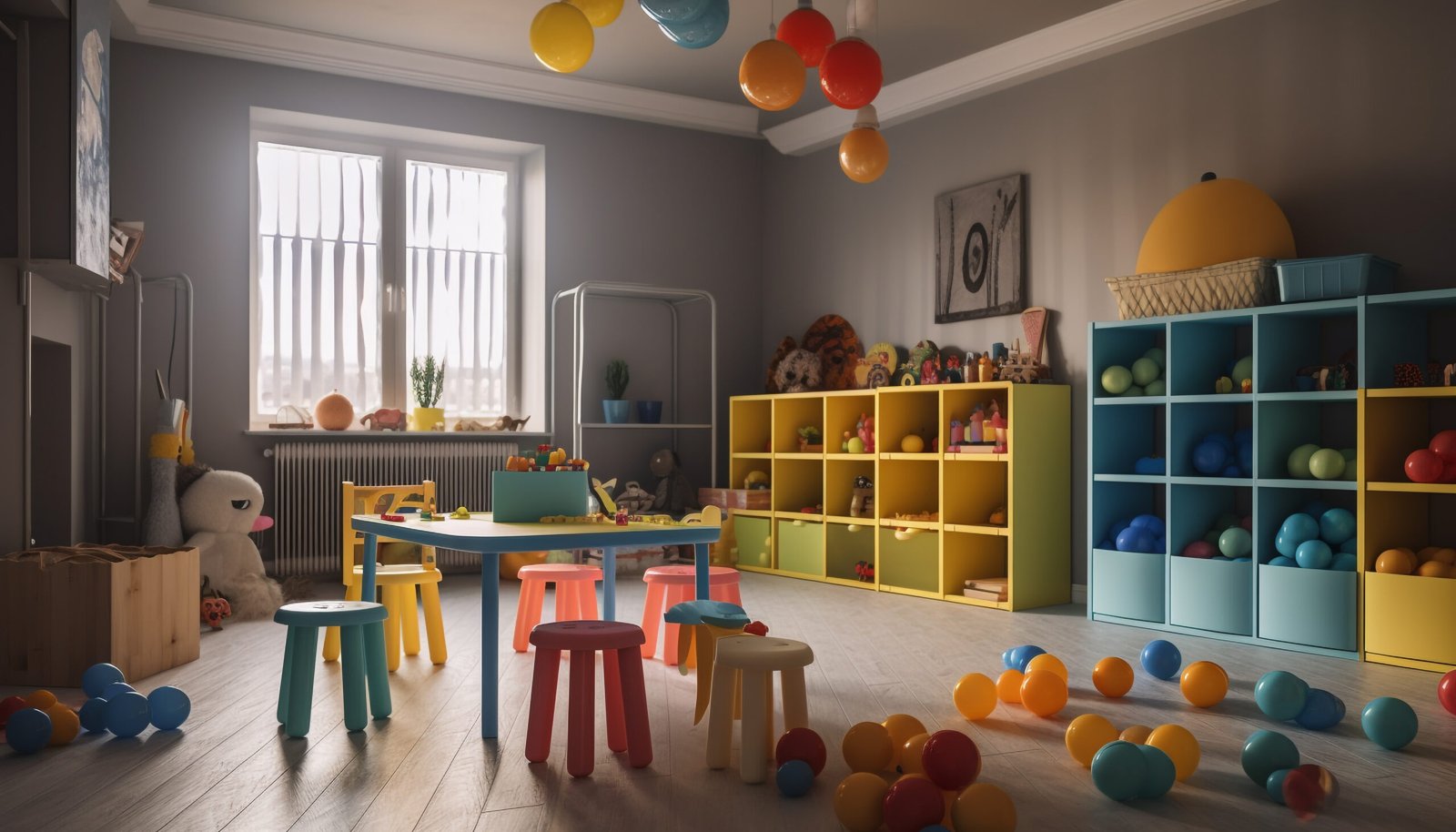Creating the perfect playroom can feel like a daunting task. You want a space that’s not just fun but also adaptable enough to evolve with your child’s interests and needs. But how do you build a playroom that stands the test of time? If you’ve ever wondered whether the countless hours spent designing a dream playroom are worth it, you’re not alone.
Imagine investing time and money into a beautifully decorated space only for it to become obsolete in just a few years. The toys your child once loved are gathering dust, and the décor feels childish. Sound familiar? The good news is that it doesn’t have to be this way. With a little planning and creativity, you can create a flexible playroom that grows alongside your family, making it a cherished space for years to come.
Embrace the Journey: Why Flexibility Matters
Flexibility is key when designing a playroom that adapts to your family’s changing needs. Kids grow, interests shift, and what was once a beloved toy can quickly become yesterday’s news. Instead of creating a space that feels temporary, focus on a design that encourages imagination and can easily evolve as your children do.
The Power of Zones
One effective way to create a flexible playroom is by incorporating distinct zones. This method allows for multiple activities without needing a complete overhaul. Here are some ideas:
- Creative Corner: Set up an art station with a table, easel, and storage for supplies. Use clear bins or labeled drawers to keep everything organized. As your child grows, they can use this area for more advanced projects or even homework.
- Quiet Nook: Designate a cozy reading corner with comfortable seating and plenty of bookshelves. This space can evolve from a toddler’s storytime spot to a serene place for older kids to unwind with a good book.
- Active Zone: Include space for physical play, like a small climbing structure or open floor area for games. This can easily transform into a space for indoor sports or a yoga mat as your children age.
Furniture That Grows with Them
When selecting furniture, choose pieces that are durable and adaptable. Here are some tips:
- Multi-Functional Furniture: Look for items that can serve more than one purpose, like a storage ottoman that provides seating and can hold toys inside.
- Adjustable Seating: Consider chairs and tables that can be height-adjusted. This way, they can be used comfortably by both toddlers and teenagers.
- Neutral Base with Pops of Color: Opt for neutral wall colors and flooring to create a timeless backdrop. Add colorful accessories that can easily be updated, like cushions, rugs, or wall art.
Involving Your Kids
One of the best ways to ensure your playroom remains relevant is to involve your children in the process. Ask for their input on color schemes, themes, or even how they want to organize their toys. This not only gives them a sense of ownership but also helps you gauge what might hold their interest over time.
Handling Common Concerns
You might be thinking, “But what if my kids have wildly different interests?” Don’t worry! The beauty of a flexible playroom is that it accommodates various preferences. By creating different zones, each child can have a dedicated space that reflects their hobbies. Plus, it teaches them about sharing and collaboration—skills they’ll need as they grow.
Making It All Come Together
Now that you have the building blocks of a flexible playroom, it’s time to put it all together. Start by mapping out your space. Visualize where each zone will go, keeping traffic flow in mind. You want the room to feel inviting and easy to navigate.
Next, shop for furniture and storage solutions that fit your vision. Don’t hesitate to check out thrift stores or online marketplaces for budget-friendly finds. You’d be surprised at the hidden gems you can discover!
Keep Evolving
Finally, remember that the playroom is not a one-and-done project. Schedule regular “playroom reviews” every few months. Assess what’s working, what isn’t, and what needs to be updated. This way, your playroom will continually reflect your family’s interests and stages of life.
Conclusion
Building a flexible playroom that grows with your family doesn’t have to be a stress-inducing task. By embracing distinct zones, investing in adaptable furniture, involving your kids, and being open to change, you’ll create a space that remains engaging and fun for years to come. So roll up your sleeves, get creative, and watch as your playroom evolves into a cherished hub of family memories!
Post sponsored by Amazon Home & Kitchen / Photo courtesy of Freepik







